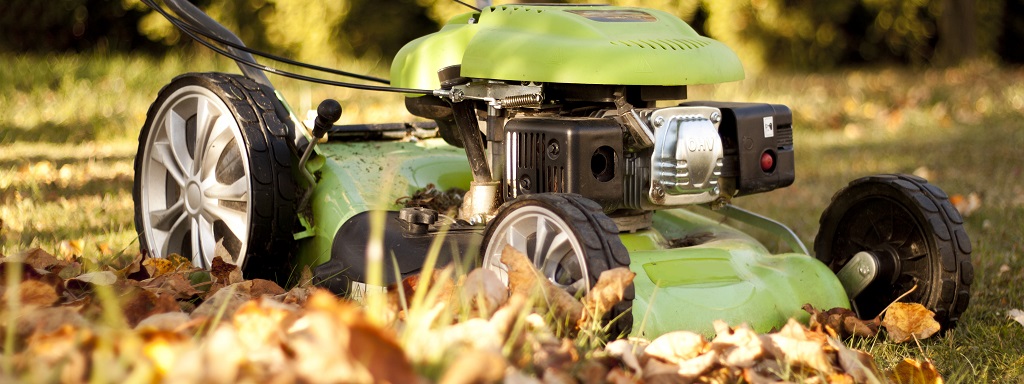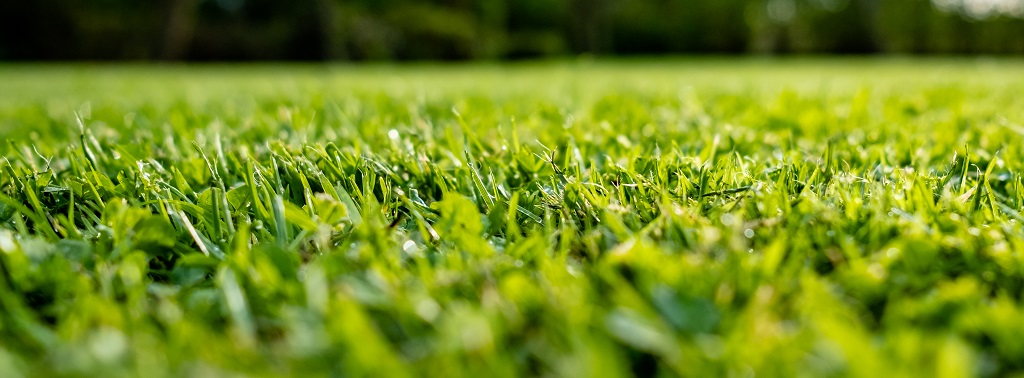
Learn How Short to Cut Grass Before Winter for Optimal Health
- 09, Dec 2020
- J&R Chavez Landscaping LLC
The long hot summer days are coming to an end and are giving way to winter weather. Besides preparing for the first snowfall, it’s also the time to put aside the lawn mower. Thus, it’s time to learn how short to cut grass before winter.
The way you cut your lawn and its height are vital for it to survive during the winter. But, it will also contribute to how it grows in the springtime. For that reason, you must know how to take care of your lawn during this time of year.
Once the temperature starts dropping, you know it’s time to start preparing your grass for winter. We have put together some tips and useful information so that your lawn is ready for the cold weather.
Continue reading if you want healthy grass during winter!
How to Prepare Your Grass for Winter
Knowing when grass stops growing is important in your lawn care routine. As a result, you’ll know when it is time to really put away the lawn mower. It depends on several factors, including the type of grass you have.
If you already know when your type of grass will stop growing, then it’s time to prepare it for the winter. It doesn’t matter if you have warm season or cool season grass, you still have to get it ready for the cold weather.
These are some tips to consider when preparing your grass for winter:
Fertilize Your Lawn

The expert arborists recommend to fertilize your lawn during the fall. It is the perfect time to get it ready before the temperature drops more.
Fertilizing your lawn before winter will ensure that it will be healthy and lush when the growing season starts.
Just as the fall season is coming to an end and the winter months are starting is when you need to start fertilizing. This is the perfect time because you will give your lawn’s soil new nutrients that were lost in the hot summer days.
When winter starts, the fertilizer will remain in the soil. As a result, it will feed your grass’ roots during the winter. Then, when springtime comes around, your lawn will be strong, healthy, and beautiful.
We recommend fertilizing 2 to 3 weeks before the ground starts freezing. Also, make sure that you fertilize in the morning or early evening. This is so that you avoid the warm temperatures of the day.
Reduce Irrigation in the Cold Weather
Another tip to keep in mind for your winter lawn care is to reduce irrigation. Your lawn doesn’t need as much irrigation during the fall and winter as it did on the hot summer days.
If you live in a warm climate, then we recommend reducing the amount of irrigation you give your lawn. Also, you need to reduce how often you water it.
But, you can stop irrigation completely during the fall and winter if you live in a cooler climate. This is because you wouldn’t want the water to freeze on your grass if the temperature were to drop below 32 degrees Fahrenheit.
Don’t Remove the Snow
When you notice the snow cover your grass, don’t plow it! This is the first thing people do, but we don’t recommend it. During winter weather, the snow helps protect your grass.
When the snow falls on your grass and other plants, it acts as an insulator. It protects your grass from the cold air and harsh winds.
Also, when you are plowing the snow, you can accidentally plow parts of your lawn. If this happens, then these parts will probably not grow as well during springtime.
In other words, avoid plowing the snow if you want to protect your lawn and ensure it looks beautiful when spring comes around.
Do You Know How Short to Cut Grass Before Winter?
Now that you know some of the best winter lawn care tips, it’s time to learn the optimal height to cut your lawn.
How short to cut grass before winter depends on your type of grass. Cool season turfs should be around 2 to 2 1/2 inches high. Warm season grasses, however, should be around 1 1/2 to 2 inches high.
Optimal Height to Cut Your Lawn Before Winter

As we said, cool season turfs like Fescues, Kentucky Bluegrass, or Ryegrasses should stay between 2 and 2 1/2 inches high.
If you have warm-season grass like Bermuda Grass, Buffalo Grass, or Zoysia Grass, then you should cut them around 1 1/2 to 2 inches.
This height is perfect as it will allow your lawn to optimize its photosynthesis during winter. As a result, it will maintain its resilience. Cutting your grass this height will also promote healthy root growth and increase stress tolerance before the harsh winter days.
You don’t want to have really long grass during the winter. Your cut before winter shouldn’t be higher than 3 inches. When the grass is higher than 3 inches, it will mat under the snow cover. As a result, your grass could suffer from snow mold or fungi.
You also need to make sure you don’t cut the grass too short. If you do this, then your grass will need more nutrients to regain the missing height. It can also cause your lawn to go into hibernation much early or stress it, resulting in it dying.
Proper Technique to Cut the Grass
Besides knowing how short to cut the grass, you must learn how to do it. When you cut your grass all at once, you could potentially stress it.
You want to gradually get to the optimal height for your type of grass. The rule of thumb for this is to never cut more than one-third of the grass blade during one mowing.
If your grass was really tall or has rapid growth, then you may need to mow it twice a week. But, wait between two to three days between each cut to allow your lawn to recover.
Learning how short to cut grass before winter and the proper way to do it is essential to ensure its health in the upcoming months. Remember to not stress your lawn and give it the proper care before the harsh winter climate hits it.
